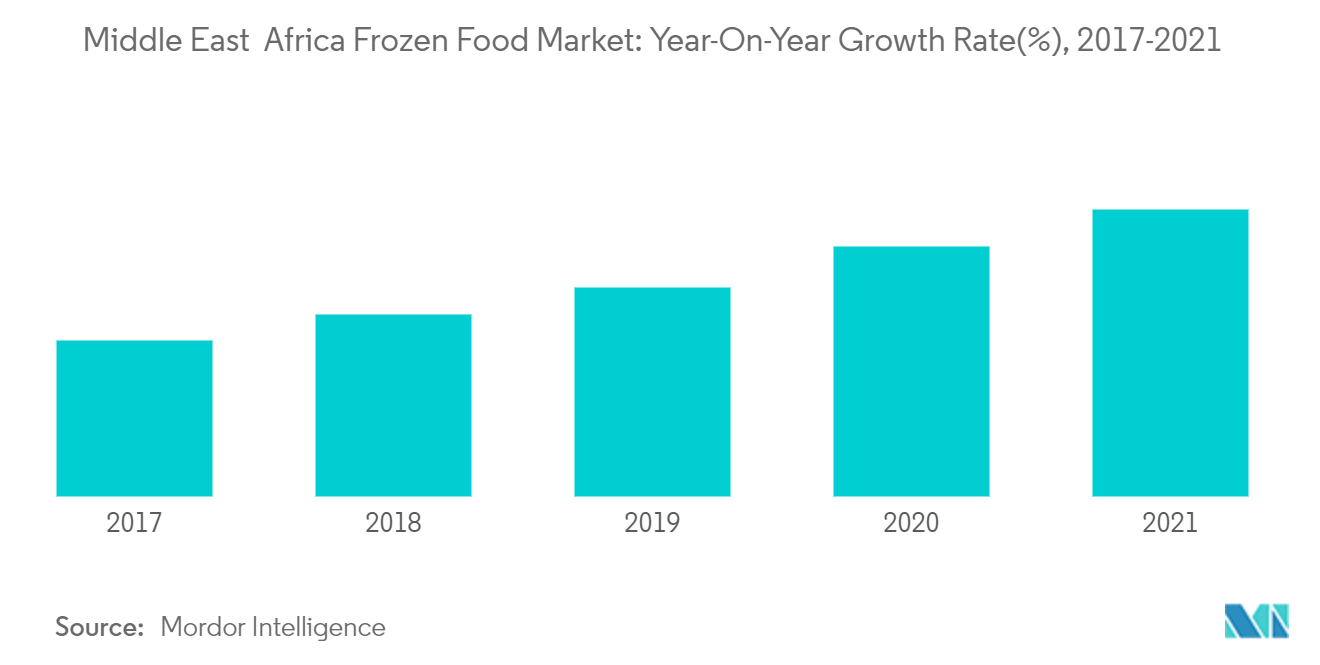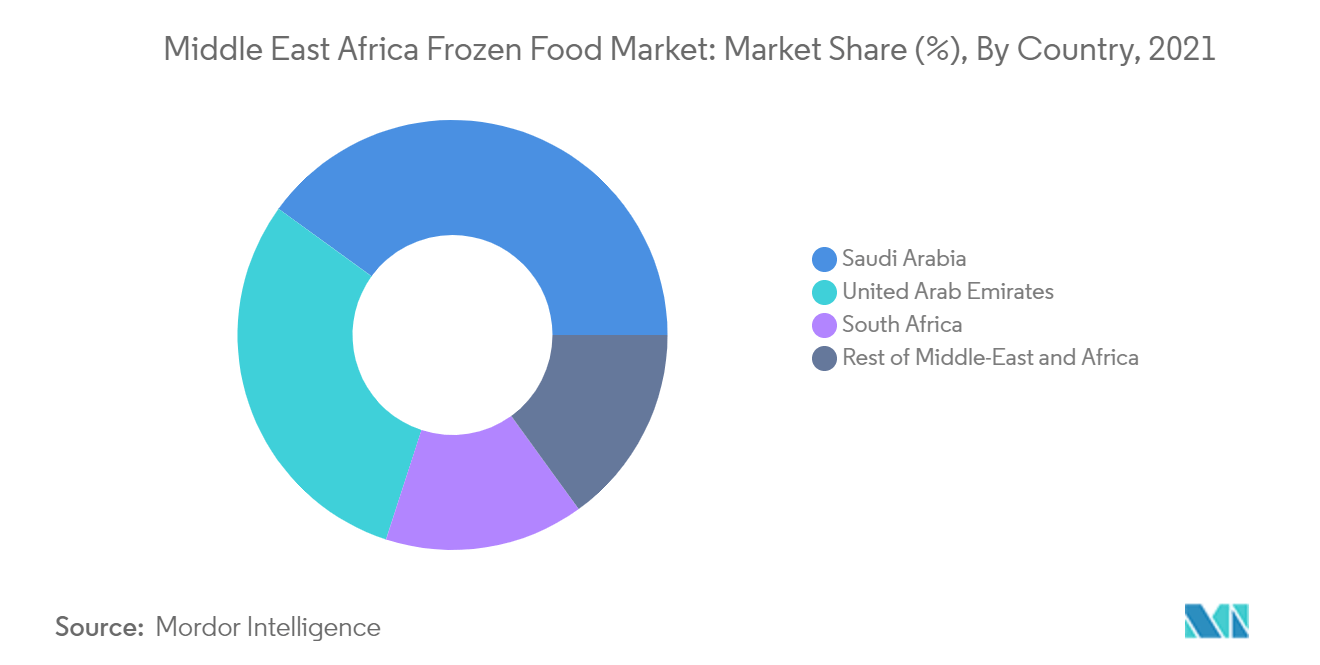Market Trends of Middle East & Africa Frozen Food Industry
This section covers the major market trends shaping the MEA Frozen Food Market according to our research experts:
Increasing Demand for Convenience Food
A surge in the number of employed population across the region has resulted in the growing demand for convenient food formats which is driving the demand for frozen food. According to International Labour Organization Qatar has the highest working population with 87% of labor force participation in 2021. The working population is inclined toward convenient food including precooked and frozen meals such as vegetable meals, meatballs, ready-to-eat, ready-to-cook, and other frozen food products due to hectic work schedules. Moreover, consumers are opting for frozen foods to prevent the frequent buying of perishable foods which should be used within a shorter period, unlike frozen food with a longer shelf life. Furthermore, with sweet indulgence, frozen desserts, such as ice creams, are highly appreciated among consumers in the country. Thus, global manufacturers are adopting various strategies to meet consumers' demands. For instance, Mars acquired its Dubai subsidiary, following the new UAE law on foreign ownership. It previously owned 49% of the shares in Dubai LLC. This acquisition strengthened its presence and development in the Middle East, including the United Arab Emirates.

Saudi Arabia Holds Largest Share in the Market
With the increasing number of double-income families in Saudi Arabia, there is a growing demand for quick and easy-cook meal solutions. The primary driver of the frozen food market in the future will be the growing consumer inclination towards frozen desserts, ready-to-eat meals, and frozen meat products. For instance, according to the consumer behavior study conducted by Siwar Foods, a Saudi-based FMCG company, 80% of consumers in the country are open to purchasing frozen food, with taste, variety, quality, and affordability as the most important drivers of choice. Like other gulf nations, Saudi Arabia is heavily dependent on imports to meet local demand as a result of poor rates of self-sufficiency in terms of food production. Due to their high retail stability and ease of importation, frozen food products are more common in the nation than in other food formats. Moreover, aided by the high population of Saudi Arabia than other regional countries, the consumption volume of food is much higher. The main exporters of processed meat to Saudi Arabia are European countries, such as France and the Netherlands.

